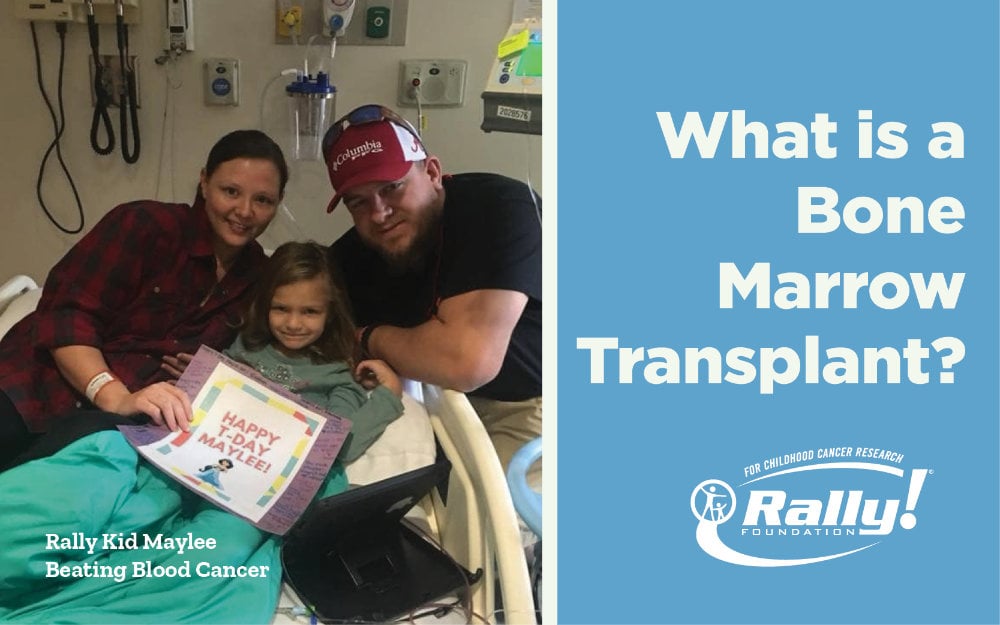What Is a Bone Marrow Transplant?

You just learned that your child has to have a bone marrow transplant. It sounds ominous. You have a lot of questions. Like, what exactly is bone marrow and what is a bone marrow transplant?
Bone marrow is the soft, fatty tissue inside your bones. It creates red and white blood cells, as well as platelets. In addition, bone marrow contains immature blood-forming cells known as hematopoietic stem cells, or HSCs. These stem cells are unspecialized, and they can either remain stem cells or mature into different kinds of blood cells.
A bone marrow transplant is a medical procedure that replaces bone marrow that has been damaged or destroyed by disease, infection, or chemotherapy. It involves transplanting healthy blood stem cells into the patient so that they can travel to the patient’s bone marrow where they start producing new blood cells and promote growth of new bone marrow. Healthy stem cells can come from a donor or from your child’s own body, if harvested before chemotherapy or radiation treatment.
Before the bone marrow transplant can take place, your child will have their heart, kidney, lungs, ears, and teeth examined. This is to make sure they are in the best possible health before their transplant. This can require your child to arrive at the hospital early in order for all of these tests to take place. Once these are done, your child can begin the bone marrow transplant.
Bone marrow transplants can take up to a week, and the procedure is similar to a blood transfusion. During this treatment, your child’s immune system will be deliberately compromised, limiting its ability to fight infections.
For the transplant, a port is installed on the upper right portion of your child’s chest to allow the fluid containing the new stem cells to flow directly into his or her heart. The stem cells then flow through the blood and into your child’s bone marrow, where they’ll become established and begin to grow.
The bone marrow transplant is done over several sessions for a few days to give the new stem cells the best chance to integrate themselves into your child’s body (engraftment).
Through the port, your child will also receive blood transfusions, liquids, nutrients, and possibly medications to fight off infections and help the new bone marrow grow. He or she will be closely monitored throughout.
After the transplant your child can be in the hospital anywhere from three to eight weeks. This is so the medical team is there to support your child if they have any side effects from the transplant itself, as well as the medicines given to help produce new cells.
It will take your child six to twelve months for their immune system and blood counts to recover. Also, you will want to be aware that your child’s immune system is low, so the risk of infection, bleeding, and skin problems are higher than they were prior to the transplant.
This information is to help you ask additional questions of your doctors – we know that any medical procedure, especially when done to your child, may seem scary. We want you to be prepared and have advance knowledge of what may take place. Rally On!
